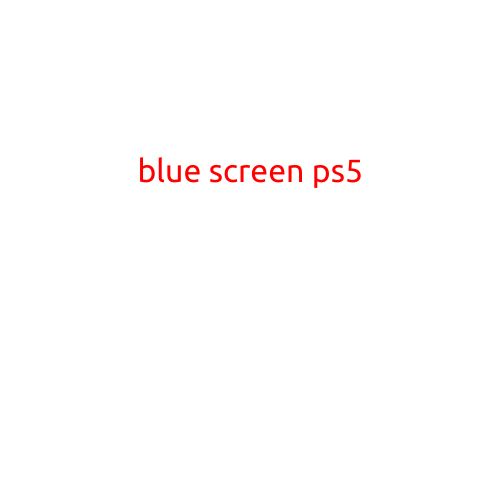
Blue Screen of Death: Understanding the “Unexpected Kernel Mode Trap” Error
The Blue Screen of Death (BSOD) is a notorious error that can strike at any moment, often leaving users frustrated and confused. In this article, we’ll delve into a specific type of BSOD error known as the “Unexpected Kernel Mode Trap,” exploring its causes, symptoms, and solutions.
What is an Unexpected Kernel Mode Trap?
A kernel-mode trap is an error that occurs when the operating system detects an unexpected interruption in the kernel, the core part of the operating system responsible for managing hardware resources. An unexpected kernel-mode trap is a type of kernel error that is triggered when the system detects a faulty interrupt request or a corrupted system state.
Symptoms of an Unexpected Kernel Mode Trap
When your system encounters an Unexpected Kernel Mode Trap, you’ll typically encounter a Blue Screen of Death (BSOD) with the following error message:
BLUE SCREEN OF DEATH
UNEXPECTED KERNEL MODE TRAP
*** STOP 0x0000000A
*** (Your system will crash and restart)
Causes of an Unexpected Kernel Mode Trap
Several factors can contribute to an Unexpected Kernel Mode Trap error:
- Driver Issues: Outdated, corrupted, or faulty drivers can cause kernel-mode trap errors. Check for updates and reinstall drivers to resolve the issue.
- Hardware Problems: Malfunctioning hardware, such as RAM or graphics cards, can cause kernel-mode trap errors. Run diagnostic tests to identify and replace malfunctioning hardware.
- Windows Updates: Incompatible or faulty Windows updates can trigger kernel-mode trap errors. Check the Windows Update history and uninstall any recent updates that may be causing the issue.
- Corrupted System Files: Damaged system files can lead to kernel-mode trap errors. Run a System File Checker (SFC) scan to identify and repair corrupted system files.
- Overheating: High temperatures can cause performance issues, leading to kernel-mode trap errors. Ensure proper cooling and ventilation in your system.
- Malware Infections: Malware infections can corrupt system files and cause kernel-mode trap errors. Run a full system scan with an anti-virus program to detect and remove malware.
Resolving an Unexpected Kernel Mode Trap
To resolve an Unexpected Kernel Mode Trap error, follow these steps:
- Restart your system: Boot your system in Safe Mode to eliminate driver and hardware issues.
- Run a System File Checker (SFC) scan: Run an SFC scan to identify and repair corrupted system files.
- Update drivers: Update drivers to the latest version and reinstall them if necessary.
- Run a MemTest86+: Run a memory diagnostic test to identify and replace faulty RAM.
- Check for BIOS updates: Update your BIOS to the latest version, as outdated BIOS can cause kernel-mode trap errors.
- Reinstall Windows: If none of the above steps resolve the issue, consider reinstalling Windows to start with a clean slate.
Conclusion
An Unexpected Kernel Mode Trap error can be frustrating and disruptive to your workflow. By understanding the causes and symptoms of this error, you can take proactive steps to resolve the issue and prevent future occurrences. Remember to regularly update drivers, run diagnostic tests, and maintain a clean and secure system to minimize the likelihood of kernel-mode trap errors.





